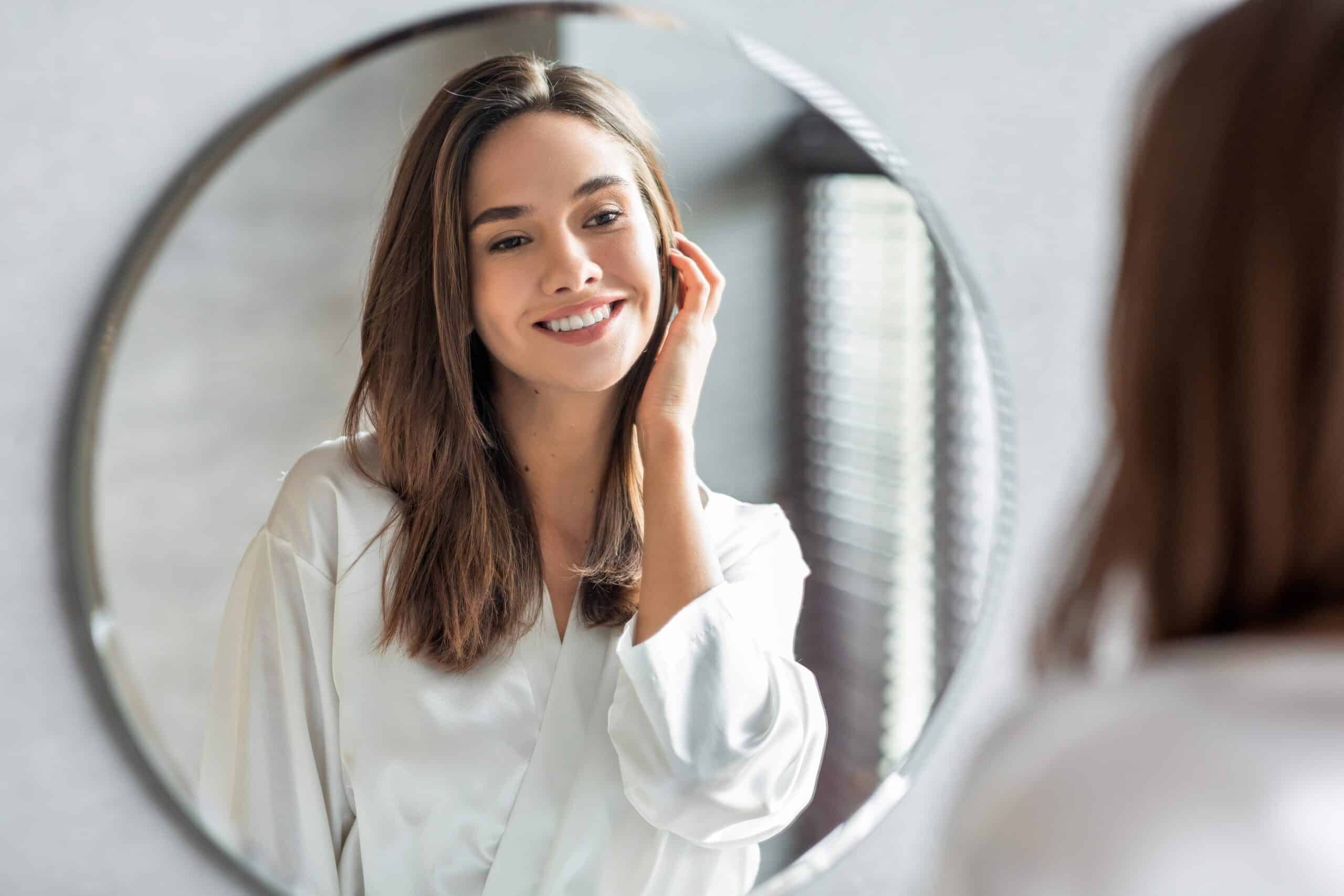
Some people are unhappy with the shape, size, or overall look of their noses. Others have problems like a deviated septum that compromises their ability to breathe properly and comfortably. These are just some reasons why they might seek a rhinoplasty.
A revision rhinoplasty may be appropriate for you if you have any of these problems and underwent a previous rhinoplasty.
What Is a Revision Rhinoplasty, and Why Get One?
Revision rhinoplasty is a second or subsequent rhinoplasty procedure for individuals who have already had at least one prior rhinoplasty surgery. Occasionally, a person is dissatisfied with the results from the first procedure and seeks a revision to correct any aesthetic issues.
Unfortunately, not all plastic surgery goes as envisioned; a person might be left with a cosmetic issue after a first rhinoplasty either due to poor execution, poor wound healing, or other factors. A revision rhinoplasty can help address any of these issues.
What Occurs with a Revision Rhinoplasty?
Revision rhinoplasty surgery is typically done under general anesthesia. Cartilage from your body is used either from the nasal septum (if possible) or the ear or rib. The cartilage is used to reshape the nose structure to your aesthetic goals. It can also be done to repair a deviated septum and other issues that are causing problems with nasal breathing.
Incisions are primarily internal, though small external incisions are oftentimes used. Once the incisions are closed and the bone and cartilage are reshaped, you can start the recovery process.
Who is a Good Candidate for a Revision Rhinoplasty?
There are a variety of qualifications that can make someone a good candidate for a revision rhinoplasty. However, the chief reason to seek this type of surgery is that you are unhappy with the aesthetic results of your original rhinoplasty or have developed problems with breathing that were not addressed with your original procedure or even caused by your original procedure. Some people choose to get a revision rhinoplasty because they experienced complications from their first rhinoplasty.
You should also be in generally good health, have realistic expectations, and have a positive outlook.
What Can You Expect Before and After Your Revision Rhinoplasty?
Before a revision rhinoplasty, you should go into the procedure with realistic expectations. You might have a specific vision of how you want your nose to look, but it’s important to be realistic. Expectations and possibilities will be discussed with you during your consultation to make sure you and Dr. Walker are on the same page what can and cannot be done. Additionally, you should always have this surgery with a board-certified facial plastic surgeon, like Dr. Walker, who has sufficient experience performing revision rhinoplasty. This ensures you get the most out of your results.
After a revision rhinoplasty, it’s normal to have bruising and swelling. These symptoms will subside several days after the surgery. You should also keep your head elevated when sleeping for at least two weeks to minimize these symptoms. You’ll also want to limit strenuous activities and go to any follow-up appointments.
Schedule A Consultation Today
If you are interested in rhinoplasty or revision rhinoplasty and are located in or around the Atlanta, GA area, scheduling a consultation with Dr. Thomas Walker is a great first step. Dr. Walker will listen to your concerns, examine your nose, and build a revision rhinoplasty treatment plan specific to you.
Call our Atlanta, GA office at 470.900.FACE(3223) or use our online contact form. We look forward to helping you achieve your aesthetic goals!

